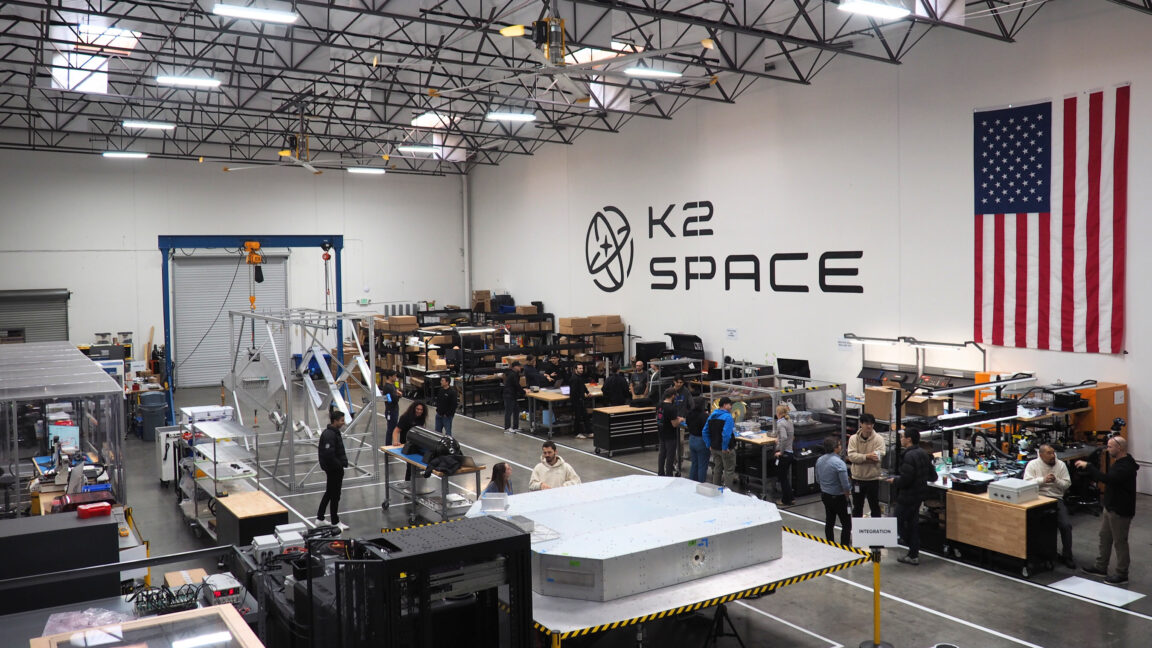
Plastic supercapacitors could solve energy storage problems
Plastics have shaped our modern world and changed the way we live. For decades, they have been primarily used in electronics for their excellent insulating properties. But in the 1970s, scientists accidentally discovered that some plastics can also conduct electricity. This finding revolutionized the field and opened the door to applications in electronics and energy storage.
One of the most widely used electroconductive plastics today is called PEDOT, short for poly(3,4-ethylenedioxythiophene). PEDOT is a flexible, transparent film often applied to the surfaces of photographic films and electronic components to protect them from static electricity. It is also found in touch screens, organic solar cells and electrochromic devices, such as smart windows that switch from light to dark at the press of a button. However, PEDOT’s potential for energy storage has been limited because commercially available PEDOT materials lack the electrical conductivity and surface area needed to hold large amounts of energy.
UCLA chemists are addressing these challenges with an innovative method to control the morphology of PEDOT to grow nanofibers precisely. These nanofibers exhibit exceptional conductivity and expanded surface area, both of which are crucial for enhancing the energy storage capabilities of PEDOT. This approach, described in a paper published in Advanced Functional Materials , demonstrates the potential of PEDOT nanofibers for supercapacitor applications.





















